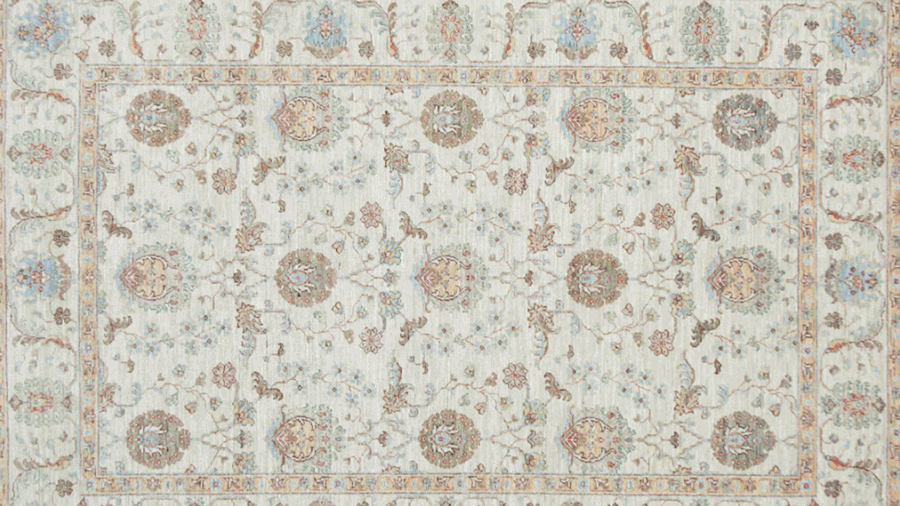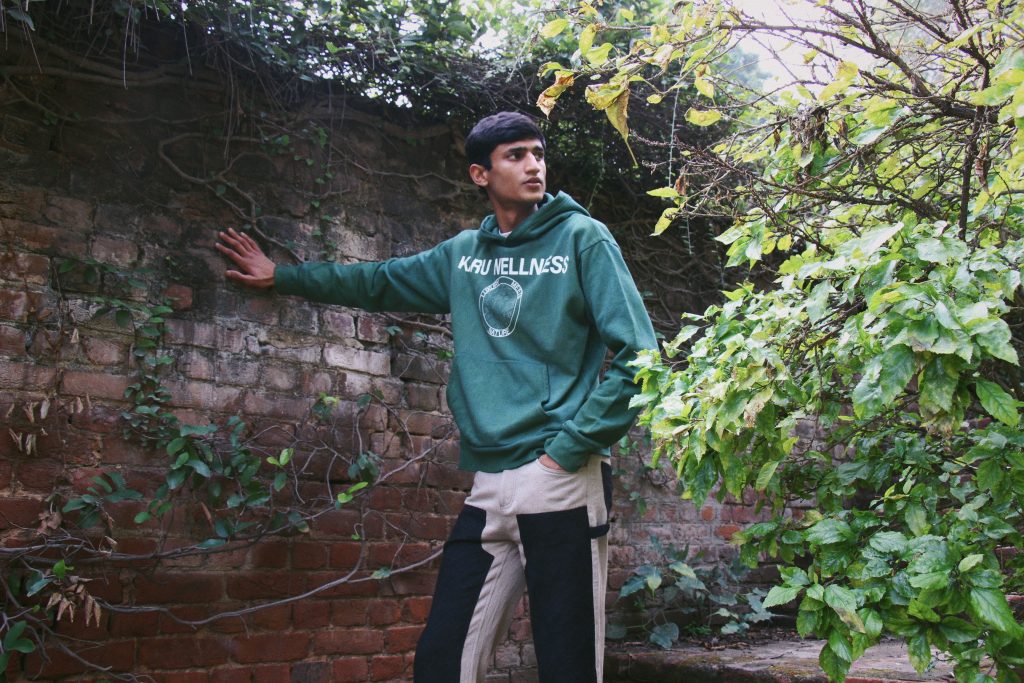When the pandemic first hit over a year ago, it brought many things to a screeching halt. For most of us, the disruption was felt almost immediately and was completely negative. For some, however, it allowed them to finally focus on things they didn’t have time for. For Kartik Kumra, it finally allowed him to sit down and work on a personal project he’s been trying to do for years, and that project came to be Karu Research (formerly known as Karu MFG.)
We spoke with Kartik over Zoom to discuss all things Karu Research – what the brand is about, its origins, and who it’s for.
SoleSavy: I first found out about Karu through the Throwing Fits Discord server (Kartik and I are members). You posted photos of the first collection, and it immediately caught my attention. Tell us a little bit about the brand and how you got started.
Kartik: I’m a student right now at the University of Pennsylvania. Around March 2020, we got instruction that we had to leave due to the pandemic. So I went back to India.
I was going to do an online summer internship at this finance firm in the meantime, which was not something I was looking forward to at all. I realized this may be one of the rare times that I’m going to have the chance to actually do something like [Karu Research]. I have a lot of time now and I’m in India where a lot of the clothes I wanted to make were going to come from in the first place.
I didn’t have the supply chains to run do this remotely from the jump. You really need to spend time working with the artisans in these different communities that are making the fabrics to make sure it all runs smoothly. So I started taking these day trips as soon as the lockdown finished. I went to Jaipur and a couple of different cities to meet with a bunch of these artisans. Some of them have been in this business for hundreds of years. It’s all family and it’s very dynastic.
So, I saw these fabrics and immediately wanted to work with them. I had all this time, so I decided to give it a go. I showed the initial samples to some friends and some people I had known in the industry and they were receptive to it. That’s sort of how we ended up here after like a lot of trial and error, you know, and just actually getting started.
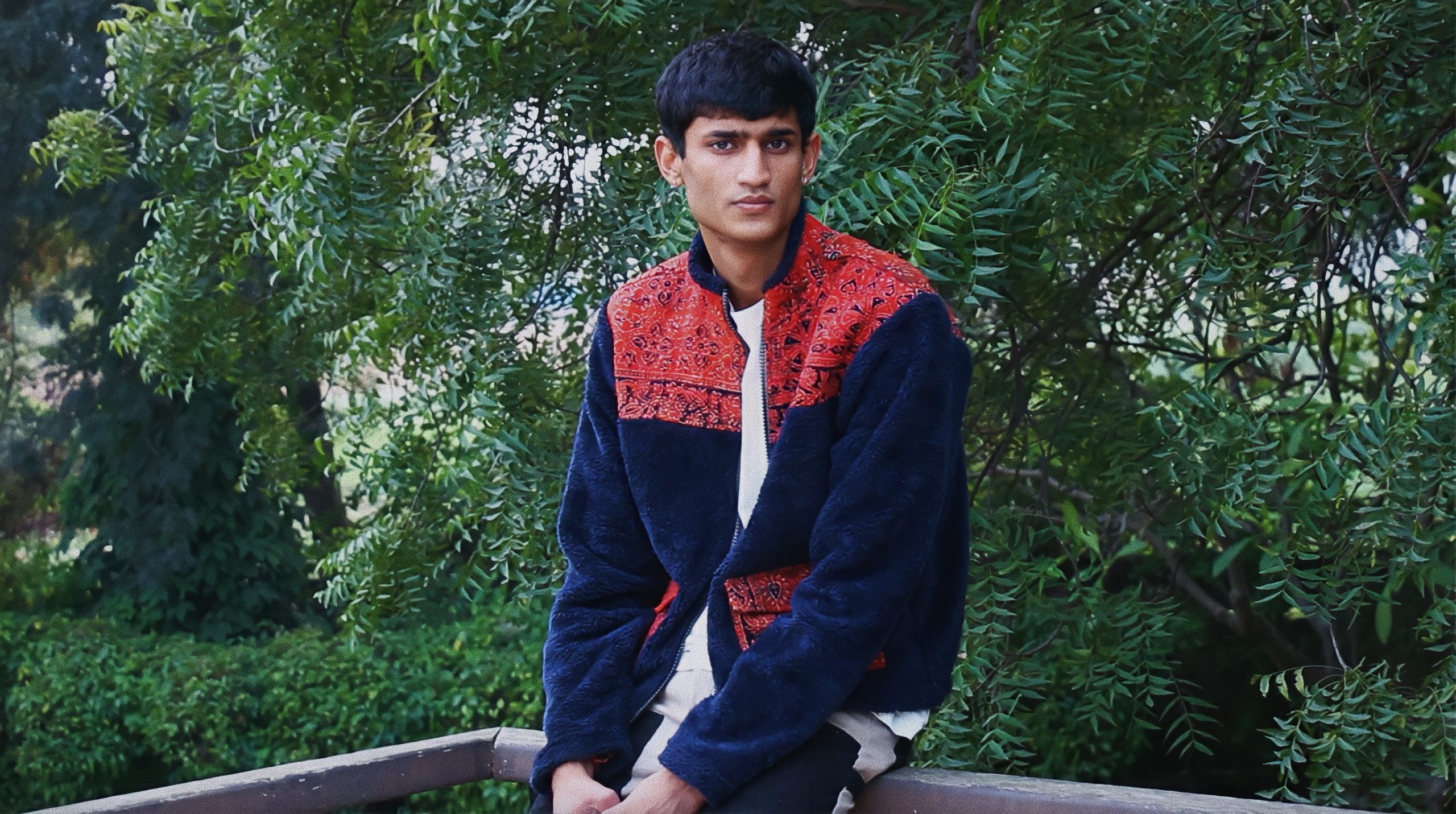
SoleSavy: Where does the name Karu come from?
Kartik: Essentially, Karu is a Sanskrit for “artisan”. The brand is about artisanal manufacturing and there are some synergies with my name, but it wasn’t meant to be that. I just Googled what artisan was in Sanskrit and that’s how it happened.
SoleSavy: You’ve touched on working with artisans and trying to keep everything local throughout the process. I found it interesting that you’ve built this local network to produce all your garments from the start.
Kartik: Yeah, everything is done here locally. The only thing that’s been imported is the Riri Zippers. A lot of these artisans have a tailoring unit in their clusters. And I essentially get the fabrics from these different communities.
For example, you can’t just get French Terry in India. People don’t really wear knits or hoodies here. So we had to custom make that because I didn’t want to import fabric. I wanted everything to be made in India. I have a family friend in the manufacturing business who had a knitting machine and they helped out with that.

Some are in South India, some in the West or East and I just bring them all in. I work with a tailor here who lives just 20 minutes away from where I’m staying, and it’s really allowed me to be more hands-on with the process of making the clothes.
SoleSavy: Apart from the regular collection, you also do these incredible one-of-one quilted jackets that I’m a big fan of. I love the attention to detail like using Riri Zippers and Mother of Pearl buttons. What’s the story behind those fabrics?
Kartik: I was again, just going on one of these day trips and I’ve always wanted to make a quilted jacket. I wanted it to be something that was authentically Indian, and our way of doing that is through Kantha quilts. Over the last 20, 30 years, the level of craftsmanship has actually decreased. There was just no demand for these artisans and their work. The level of the craft fell off, but with the vintage Kantha quilts, the level of precision is way higher.
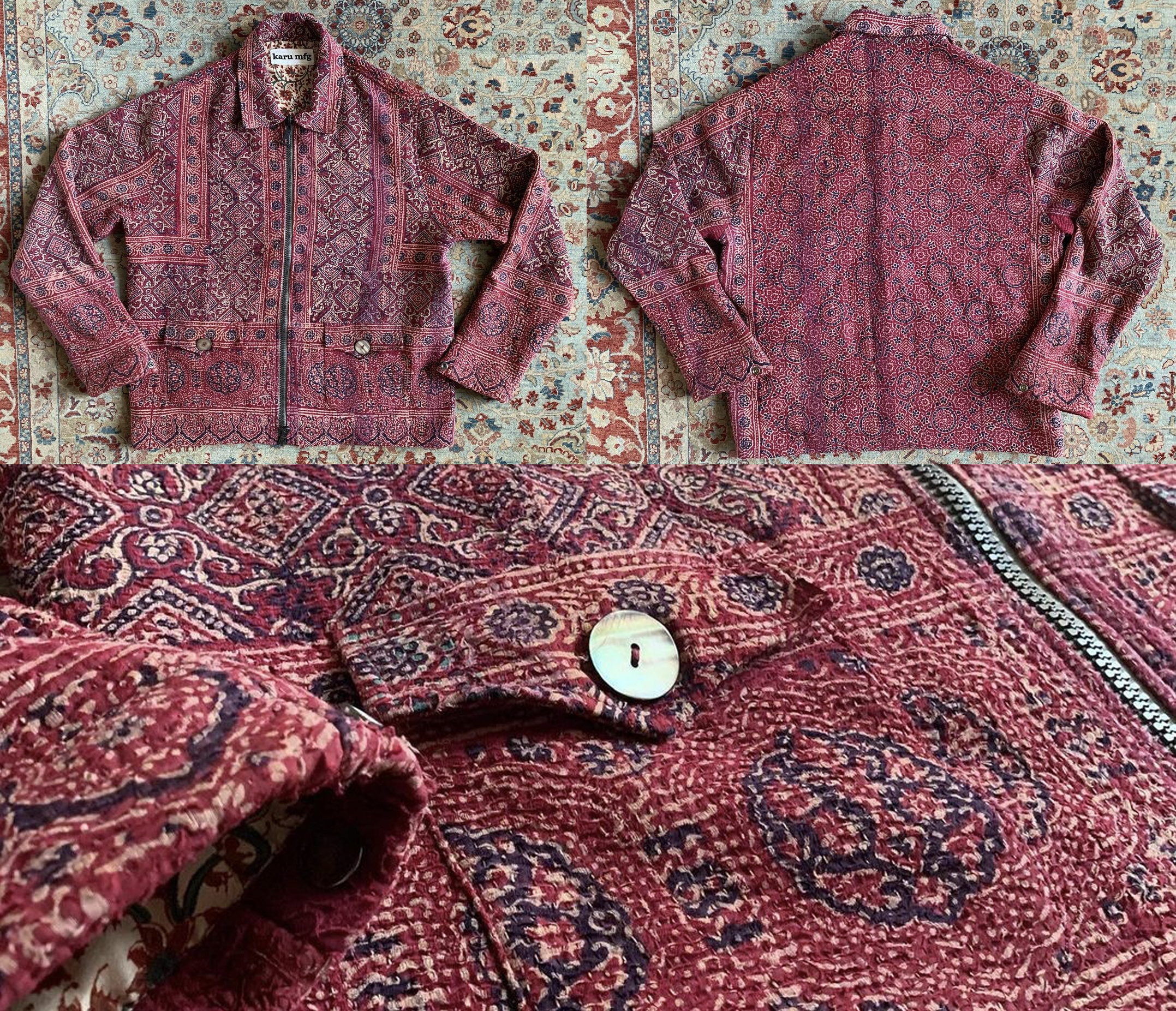
It’s this small shop in the middle of an alley in Jaipur. Jaipur is a city that is sort of stuck in the nineties culturally while the architecture is exactly the same as it was a hundred years ago.
Jaipur has these bazaars that have you go through these little alleyways. There’s a guy’s house, and his basement and first floor, just has Kantha quilts from like the floor to the ceiling and just stacks everywhere. You can barely walk.
He has these two guys that are just pulling stuff out. By the end of it, the whole floor is covered in Kantha. It’s a crazy experience. And I just go there basically raiding the place. Now we’ve gotten to the point where the vendor will just message me when quilts that fit into the brand becomes available. He’ll message me: “I got the shipment. How many of these do you want?” It’s very seamless now.
SoleSavy: Oh wow, that’s great. Why did you end up landing on making jackets out of these quilts? You could have easily done an entire collection with these fabrics.
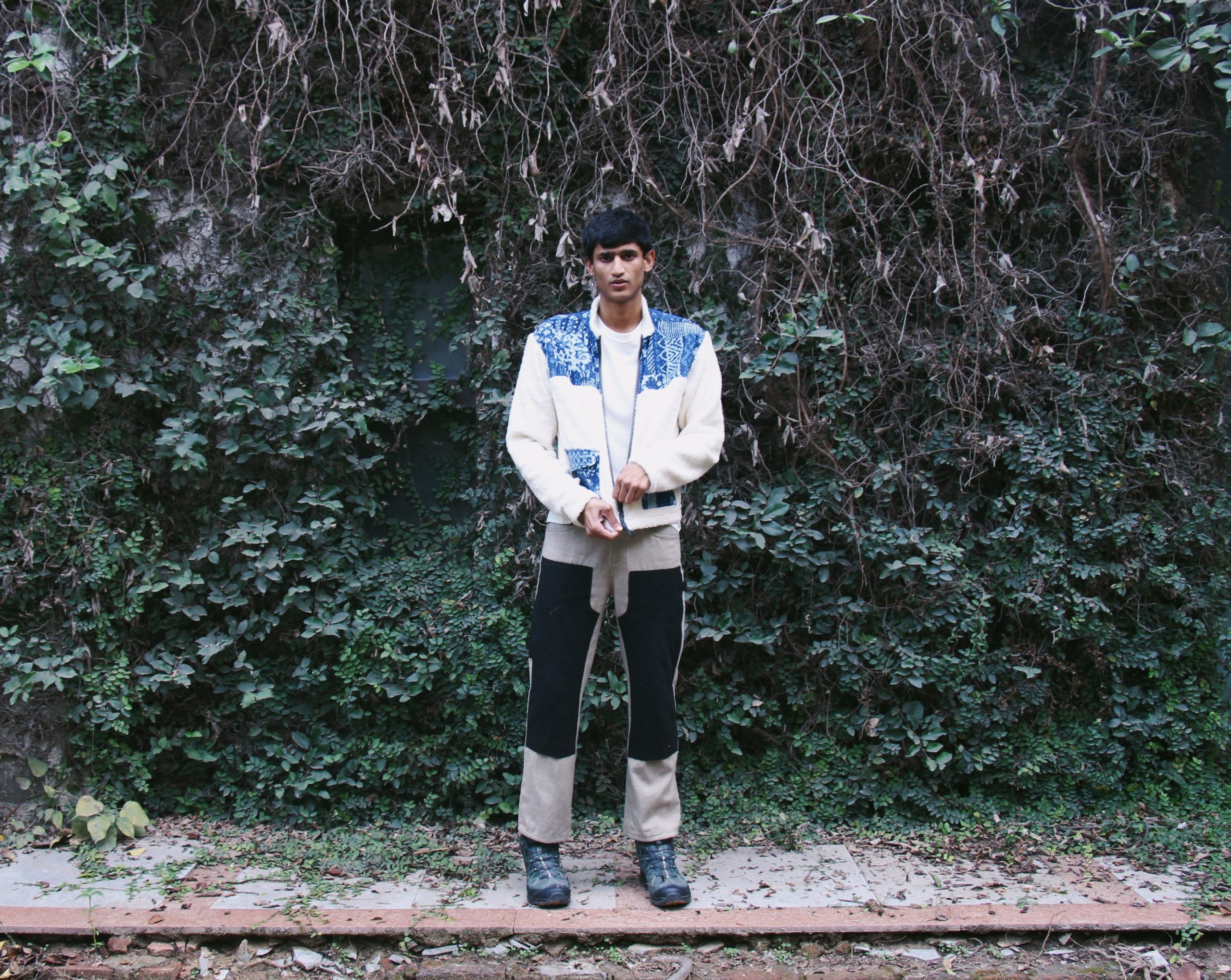
Kartik: It came down a bit to production costs. Sourcing those jackets and producing them isn’t cheap and I feel that people find it easiest to justify paying for outerwear than other stuff. But I am making things like quilted pants right now, and there’ll be some other experiments with that, but I just want to start with the jacket.
It’s easy, It’s very palatable. I don’t try to push the boundaries too much in terms of shape. It’s very simple. It’s the fabrics where I can do some really interesting things.
SoleSavy: What’s the inspiration behind starting Karu Research? I’d love to hear about the ethos of the brand.
Kartik: Definitely just the promotion of artisanship, the promotion of handcraft, trying to be as sustainable as we can. And given our levels of production, I think we’re doing a good job. When we’re doing like 30 to 40 units of each piece, we can really dial in the quality.
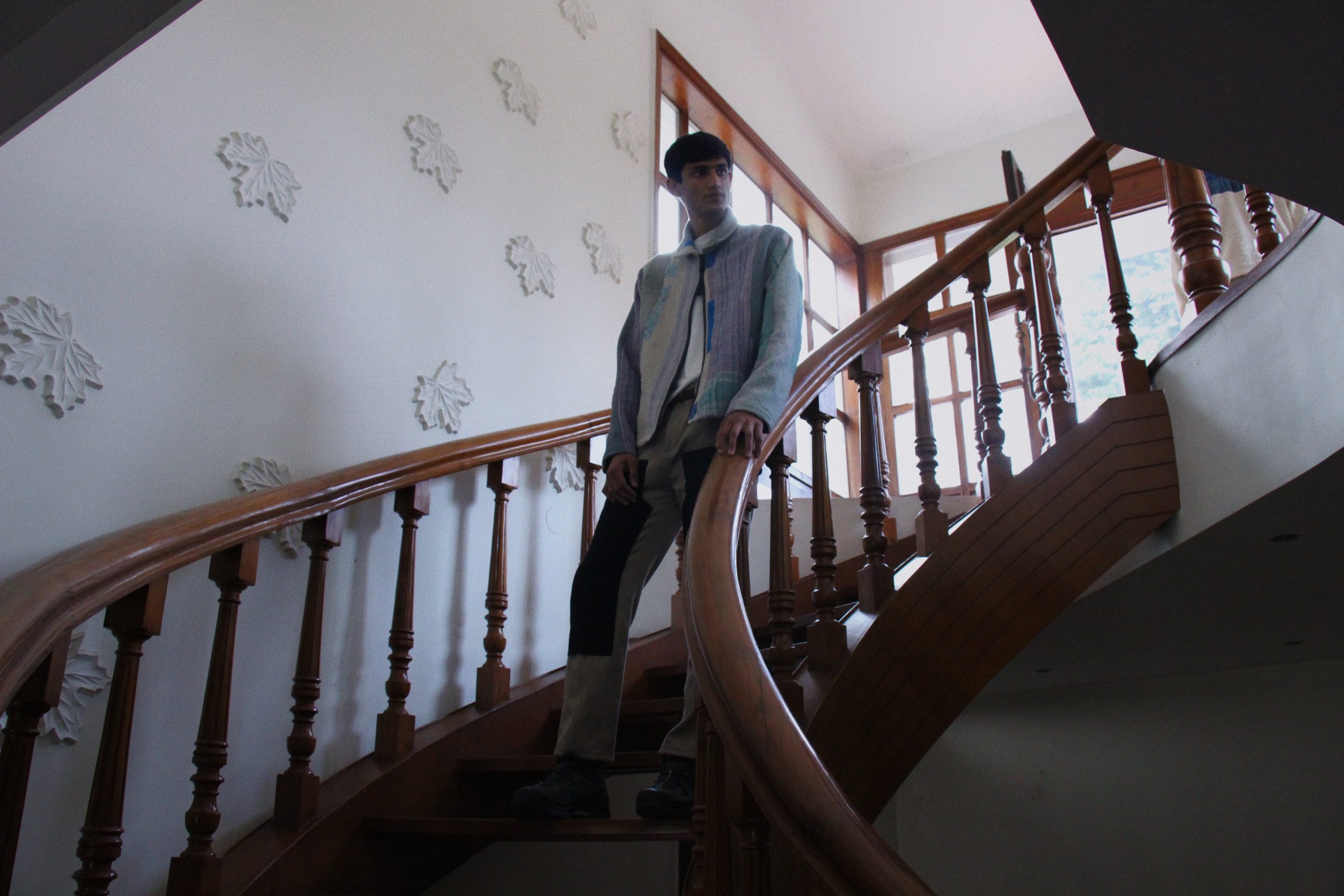
We’re paying living wages and even above the market. It’s definitely being taken care of. While sustainable, I haven’t really marketed the sort of traditional greenwashing topics. I wanted to avoid that and just emphasize the clothes.
For our Fall/Winter 21 collection, there’s going to be a full cost breakdown for it. I think Noah NY started that. I liked the idea and thought we could implement the same thing here.
SoleSavy: In the last few years, a few brands have taken a majority of their cut and sew programs to India as well. What differentiates Karu from these other brands like 18East?
Kartik: I think the first thing is, it’s coming from a wholistic Indian perspective. All the designs and references are through the lens of India. I’ve been extremely conscious of that from the start. So my designs are different in terms of actual silhouettes and pieces. The only piece that’s similar to 18East is the double-knees, but I have the embroidery on mine, which is different. I’ve tried to buy 18 East and failed multiple times. I really liked the product.
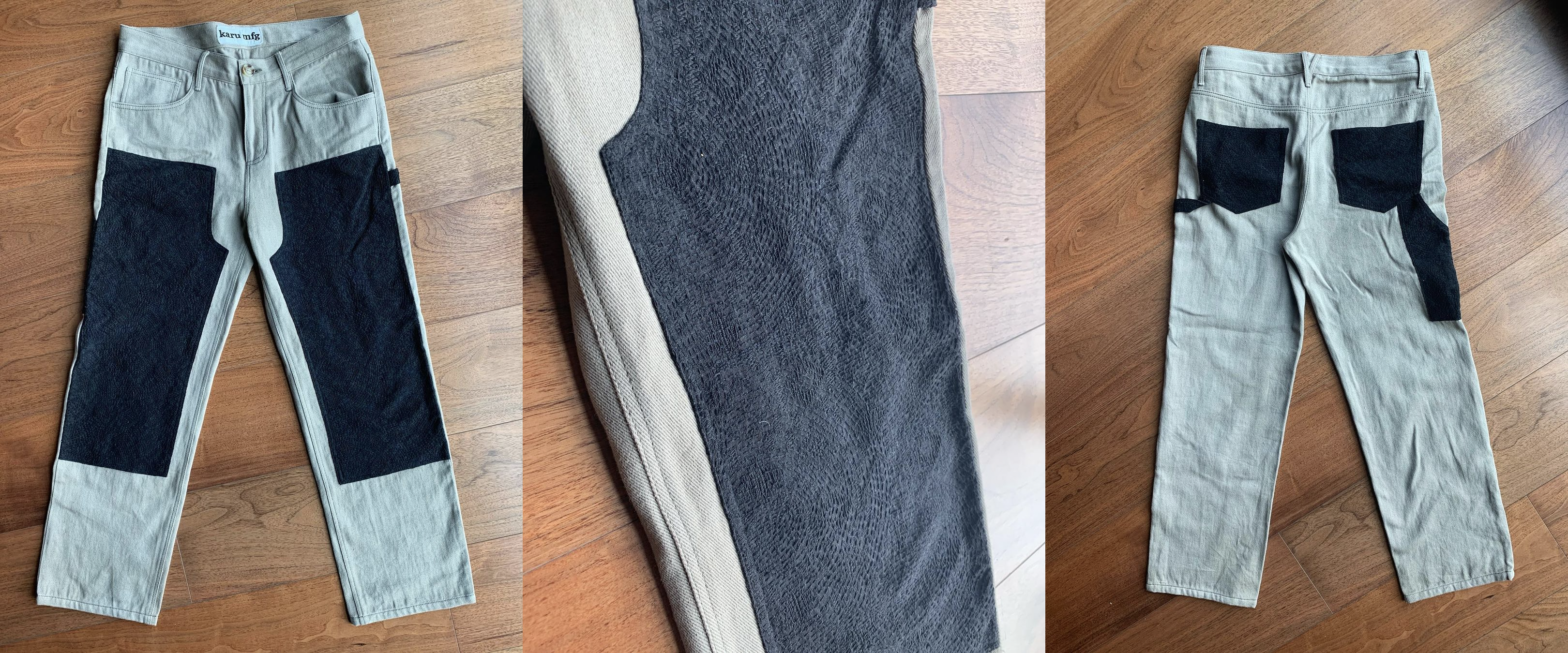
What I’m trying to do is different, in terms of showcasing the artisanship in India through our clothes. This upcoming collection has a big emphasis on Kantha. There’s also a one-of-one program that differentiates it from Story MFG. and 18East as well.
India is kind of in a weird place politically as a country, in terms of, liberty and freedom of speech. So a lot of the referencing for the next collection is rooted in political references and counter culture. I want to get the community more involved and I’ll be doing pop-ups in Delhi and other places. A lot of what I’m trying to do is about India within itself.
SoleSavy: That’s definitely apparent, and it’s something that we can appreciate. There have been a lot of brands that have been started recently and more often than not, they’re mostly rooted in just hype culture and consumerism. Zooming out a bit, are there any designers that have inspired you outside of that perspective?
Kartik: Yeah, for sure. My favorite brand right now is Jan-Jan Van Essche. I always browse it on the SSENSE sale and it’s still way too expensive for me *laughs*. The tailoring is crazy. Someone had described it as “Belgian Hippie Wizard” and I couldn’t agree more.
I went with my dad to Tokyo in 2019 in the summer we spent a good month in Japan. And, you know, there’s just so much stuff there. The level of thought that goes into pocket placement on a chore coat or anything like that is just crazy. You go to the boutiques there that nobody has ever heard of, no one in the store speaks English and the clothes are just insanely cool. And of course the vintage stores there are second to none, it was an eye-opening trip, to say the least.
SoleSavy: We could do a whole other interview about Japan, to be honest. However, we’ll save that for another time. How would you describe the ideal Karu Research customer?
Kartik: In many ways, it’s the stereotypical Throwing Fits listener. *laughs* People who are really into clothes and appreciate products at a more granular level. The ones that usually hunt for better versions and iterations of the clothes they currently wear. It’s people who are looking for that next “If You Know, You Know” stuff. At this stage because of how small my exposure has been, that’s sort of been my ideal customer. It’s people who are engaged with production and fabrics and all of that.
SoleSavy: Finally, when can we expect the Fall/Winter collection to come out?
Kartik: I’ll be selling a lot of the stuff at pop-ups starting here in India. Eventually, when I go back to Philly I will be doing pop-ups on the east coast as well. I haven’t landed on a date as I’m trying to wholesale to some stores. I am expecting to get the products in the next couple of months barring any COVID delays. It’s just hard to commit to any timelines right now but it will happen sooner rather than later. And of course, we’ll have an online launch when we get the products in. In the meantime, we’ll have a steady stream of one-of-one quilt jackets on Instagram and the website.
Images via Karu Research
*This interview has been edited and condensed for clarity.

